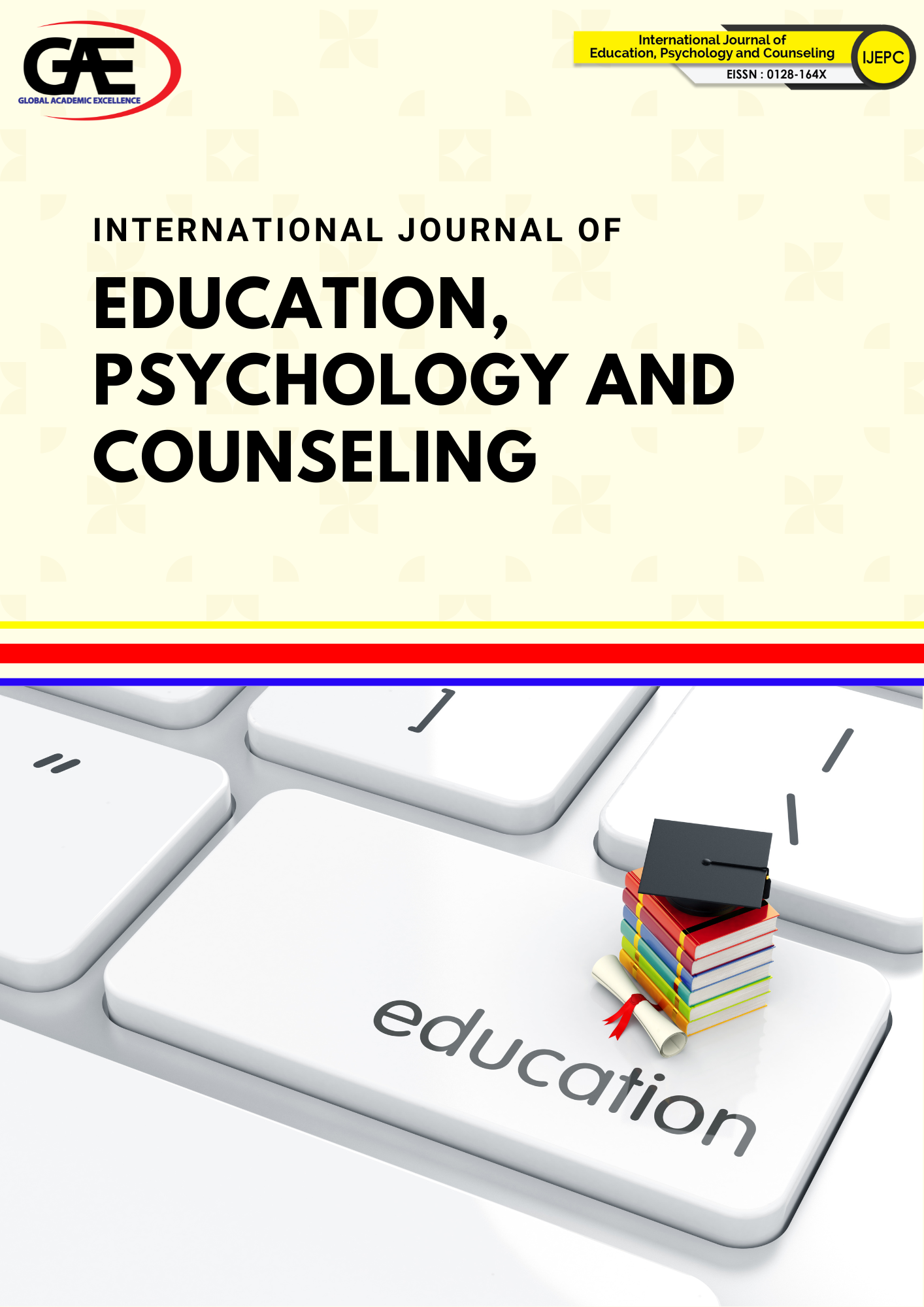BRIDGING CULTURES IN HISTORY EDUCATION: A COMPARATIVE ANALYSIS OF TEACHING METHODS IN CHINA AND MALAYSIA'S UNIVERSITIES
DOI:
https://doi.org/10.35631/IJEPC.1059023Keywords:
History Education, Cultural Integration, Comparative Education, Intercultural UnderstandingAbstract
This study comparatively analyzes university history teaching methods in China and Malaysia, and explores their efforts in overcoming cultural differences and improving learning effects. China's history teaching is deeply influenced by Confucian educational concepts and tends to be teacher-centered, emphasizing the memory and inheritance of knowledge; while Malaysia, due to its cultural diversity, has gradually adopted a more student-centered teaching model that emphasizes interaction and Participatory teaching methods. Researchers employed a synthesis-sources method in this study. The researchers adopted a comprehensive source approach in this study, integrating multiple documents and cases to provide a comprehensive perspective. Although the educational backgrounds and cultural traditions of the two countries are very different, the study found that they are both committed to promoting students' dynamic understanding of local and global history through innovative teaching strategies to meet the challenges of contemporary education. Interactive discussions in Malaysian classrooms stimulate critical thinking and enhance learning engagement through the exchange of ideas among students. Collaborative analysis projects in Chinese history teaching encourage students to work in groups and share insights, cultivating teamwork and in-depth understanding skills, all of which reflect the characteristics of a dynamic learning environment.



